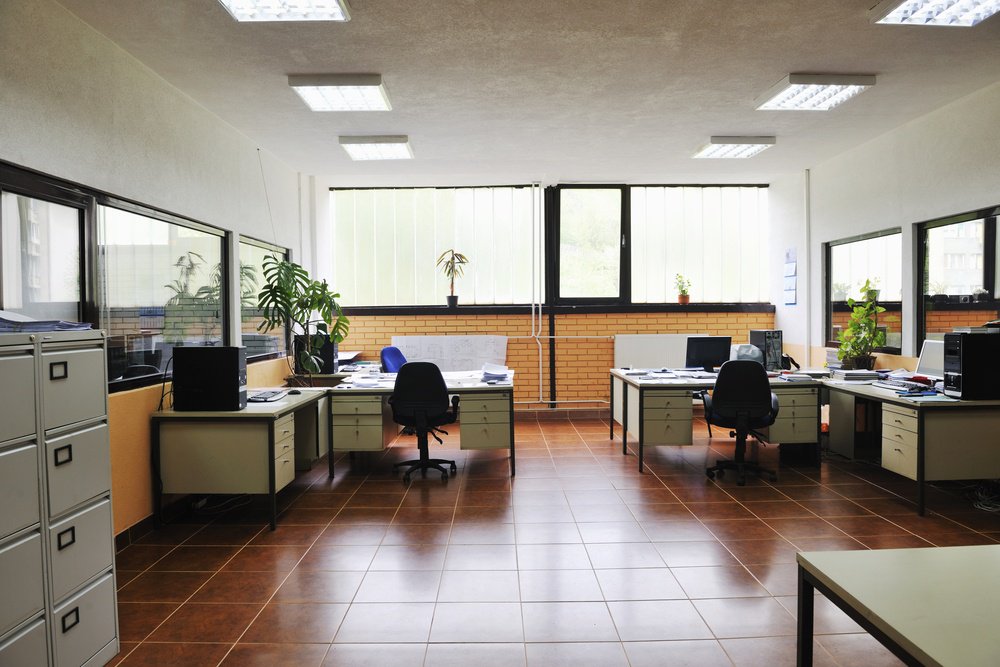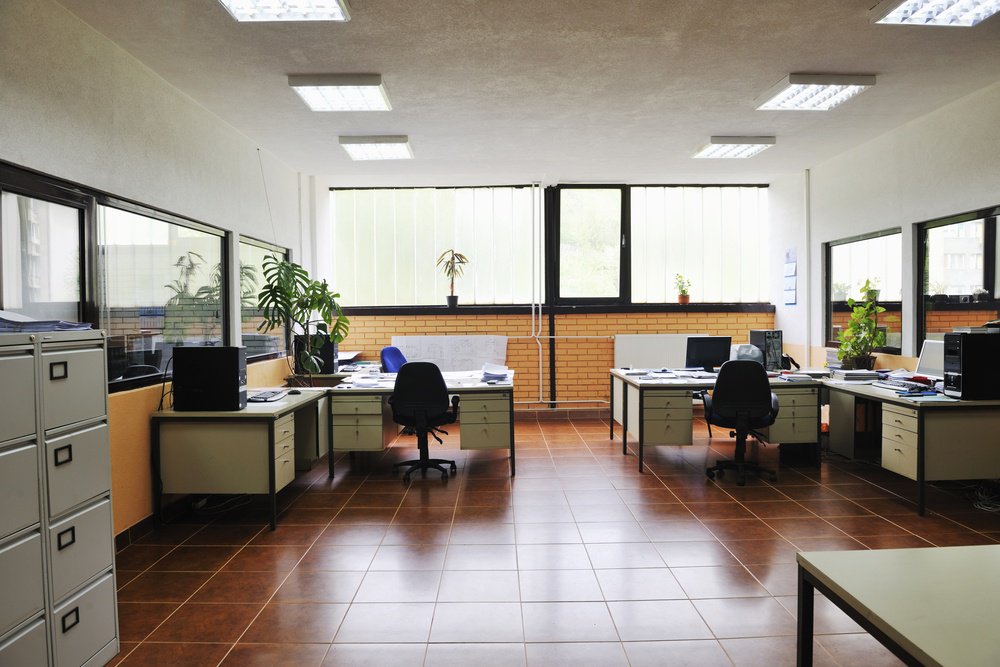
You might be excused for believing that indoor air quality is preferential to that which we inhale out and about. Especially when you consider the often at best, pungent; at worst, noxious, aromas which drift on the air at any one time. Unless you work, rest and/or play in more rural environs; in which case it’s an altogether less invasive smell which makes your nostrils twitch. Although arguably more agricultural. However in a more industrial landscape, there’s any amount of unpleasant smells to meet with our instant disapproval. And more than that, which could, potentially, trigger some equally unpleasant health issues in some susceptible individuals.
That being said, indoor air quality isn’t quite as safe as an alternative as it might otherwise be billed either. But before you make the decision to invest in a bio-dome or eco sphere of some descriptions (and venture down the path of sustainable living), then rest assured your office won’t kill you. But it could make your 9 to 5 existence a little unhealthy if you aren’t overly aware of the unseen perils which lie in wait to the unwitting amongst us. Like for example air fresheners and photocopiers.
In just the last couple of years a YouGov study revealed that nearly 70% of office workers going about their daily grind here in the UK think that poor air quality in their workplace is having a negative impact on both their health and day-to-day productivity levels. And given that we spend on average a staggering 90% of our lives indoors per se (and roughly dedicating 212 days annually at work), and then it’s certainly an issue that needs addressing.
Are the Buildings in Which We All Work Themselves At Fault?
One of the primary problems is that many contemporary buildings – and workplaces generally – tend to have been designed to be pretty much airtight, so as to conserve energy within all four walls. However this architectural flaw alone could be responsible for compromising indoor air quality on the grounds of actively supressing changes in the air we breathe as a direct result. Urban planners take note. What’s more, merely opening a window alone won’t alleviate the poor air quality issue either, as the moment we do this as a means of ventilating a room or specific area within a building (and normally with a view to welcoming ‘fresh’ air in), therein the risk of introducing additional polluted air into a work space becomes a risk.
Historically it’s difficult to counter accepted thinking and once perceived logic; whereby economy alone isn’t the overriding factor to assimilate by either building planners and/or employers. There are countless episodes over the years where conference rooms, for instance, would remain closed all year round when delegates were in attendance. Ready explanations being to safeguard against cold air infiltrating the room/part of an office building during the winter, while the summer excuse was to combat against particulates, carbon and nitrogen dioxide (as emitted by car exhausts) from entering immediate office employee air spaces. All of which stands to reason on certain levels, obviously. The latter being particular prudent if the office is situated in a built-up area. Yet when looked at another way, not quite so clever. The ‘other’ way being that by effectively sealing a building in such an all-encompassing manner could easily lead to long periods of time passing when (and where) carbon dioxide levels would increase significantly; which in turn might cause drowsiness and headaches in members of the captive audience as such.
Elsewhere victims would speak of poor indoor air quality in an office surround being cited as the underlying factor in lapses in concentration (as much as 68% in a recent survey carried out), fatigue (67%), decreased productivity (54%) and eye irritation (41%) amongst other symptoms observed. Let’s not forget, ‘sick building syndrome’ is a recognised illness, while poor air quality in the workplace has been attributed to a startling 800,000 deaths annually, according to the widely-respected medical journal, ‘The Lancet’. Polluted air has been linked to respiratory tract infections, lung cancer and chronic obstructive pulmonary disease (COPD) in the past.
So, Just What ARE the Greatest Threats to Office Air Quality?
In no semblance of order – yet all equally as prominent is some situs – any of the following items can be accountable when it comes to compromised office air quality. As touched on at the top, conventional (and omnipresent) printers and photocopiers can emit what’s referred to as ‘volatile organic compounds’ or VOCs. Providing these commonplace office fixtures and fittings are routinely serviced by professionals, in tandem with adequate ventilation in the rooms which house them are made a priority, than the sustained risk to employee health is diminished. But they’re not the only clear and present danger found lurking in office recesses, as there’s growing volumes of chemicals not far from the surface in many workplaces. Most of which can emanate from technology hardware, construction materials, furniture and furnishings, and cleaning products.
Floor and wall coverings (asbestos-based panels), paints and types of furniture can release hundreds of different VOCs into the air, including formaldehyde and toluene. And then there’s computers and other electronic hardware which can manifest large amounts of heat which subsequently can accelerate the propagation of noxious fumes into office airspace courtesy of their close association with the plastics, circuitry and adhesives used to make these products. And then there’s the likes of cleaning products, pest control solutions and personal care products; all of which can contribute to VOCs infiltrating the air directly above our heads. With regards to cleaning materials, industrial strength products can trigger asthma and allergy symptoms, whilst also causing severe respiratory distress in some cases.
Shared building occupancy is also another moot point, as many firms cohabite these days to reduce rental costs, and therefore can share ventilation systems. If you share occupancy in a building with other businesses, it may be that you’re being exposed to higher amounts of toxic chemicals that you realise. The worst offenders being dry cleaners, nail or hair salons, print shops or any other type of business that uses dangerous chemicals in their daily operation. Should the airflow intake be situated in a poorly chosen location, then it’s not beyond reasonable doubt that you’re inhaling lung-fulls of exhaust fumes and other dangerous chemicals.
And finally, yes. Air fresheners. The most innocuous of polluted air combatants – or so you’d hitherto imagine – aren’t all that they’ve cracked up to be either. Simply by attempting to disguise the smell of stale office air by way of hanging more air fresheners than your average boy racer would on the rear view mirror of their car, is also risking your health. And that’s because air fresheners comprise of toxic chemicals. And as it stands, there’s no governmental regulation over the ingredients used in air fresheners, nor in their labelling.







